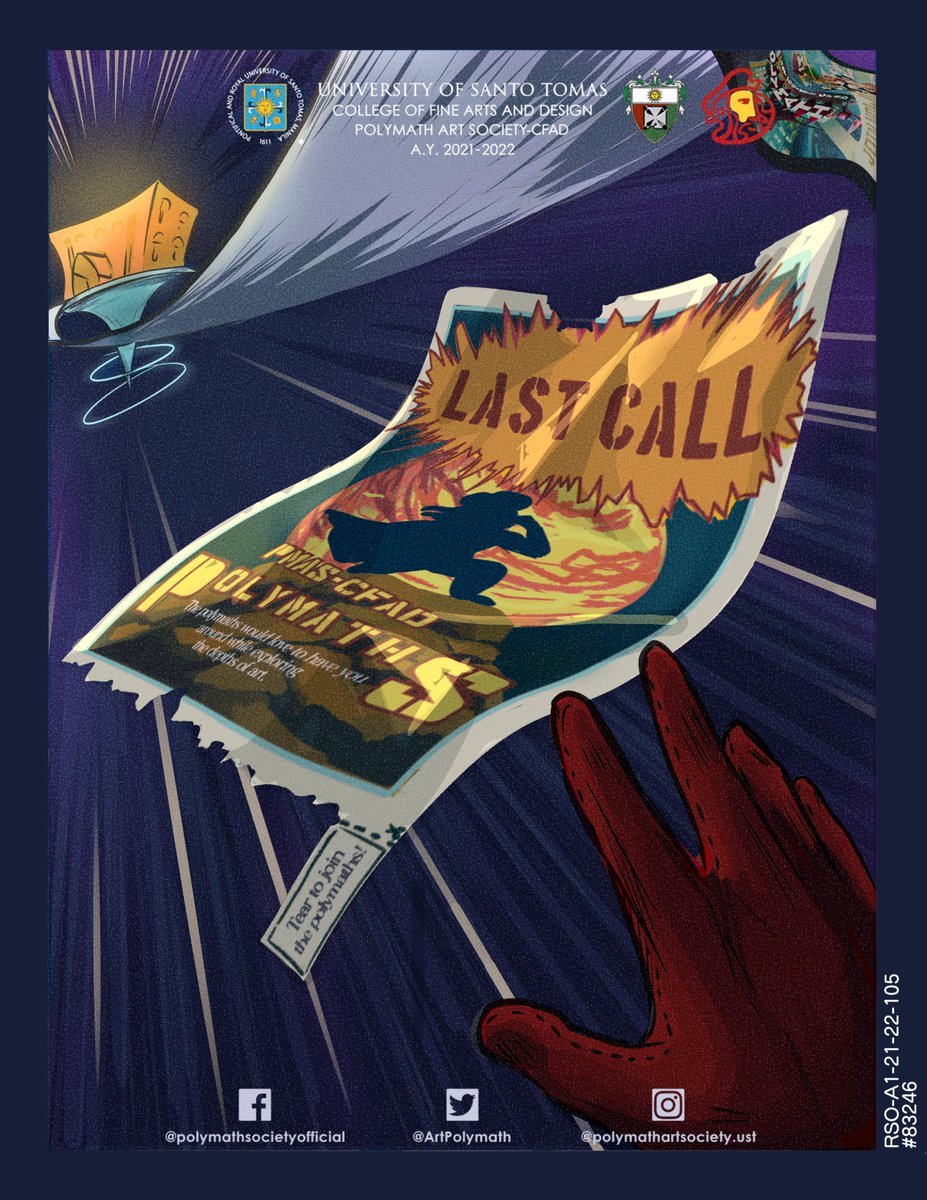
These have been displayed in many exhibitions, one of which was held in The Philadelphia Museum of Art and The Pennsylvania Academy of The Fine Arts. He worked in a variety of mediums, such as casein, charcoal, fresco, mixed-media, pen and ink, and watercolor.īendiner’s genius and versatility was expressed in a prolific body of work including drawings, prints and paintings. He was a member of the Philadelphia Watercolor Club, and the Pennsylvania Society of Architects. He studied at the Pennsylvania Museum School of Industrial Art, the University of Pennsylvania, and the Academy of Rome in Italy. He was a resident of Philadelphia and Malvern, Pennsylvania, and became an architect, painter, graphic artist, cartoonist, illustrator, muralist and writer. After graduating from high school, he won a scholarship to the Philadelphia Museum School of Industrial Arts and got a newspaper job doing cartoons for the Philadelphia Public Ledger, despite having flunked art class in high school.

In his translated autobiography, Bendiner wrote, “to be an American by birth, a Hungarian by descent, and a Jew by religion takes a lot of understanding".īendiner prided himself on overcoming obstacles to pursue a career in art. While still a child his family moved to Philadelphia, where he was raised in a strict Orthodox household. His parents, Armin and Rachel Hartmann Bendiner, were Sephardic Jewish immigrants from Hungary. Alfred Bendiner was born in Pittsburgh in 1899, the second of five children.
#Polymath artist free#
This is expressed in the term Renaissance man, often applied to the gifted people of that age who sought to develop their abilities in all areas of accomplishment: intellectual, artistic, social, physical, and spiritual. Listen free to Polymath A Cheery Wave From Stranded Youngsters: UK Post-Rock / Instrumental / Math-Rock (Volume Five). Embodying a basic tenet of Renaissance humanism that humans are limitless in their capacity for development, the concept led to the notion that people should embrace all knowledge and develop their capacities as fully as possible. Gottfried Wilhelm Leibniz has often been seen as a polymath. In the Italian Renaissance, the idea of the polymath was expressed by Leon Battista Alberti (1404–1472) in the statement that "a man can do all things if he will". Polymaths include the great scholars and thinkers of the Renaissance and Enlightenment, who excelled at several fields in science, technology, engineering, mathematics, and the arts.

Use in English of the similar term polyhistor dates from the late sixteenth century. The earliest recorded use of the term in the English language is from 1624, in the second edition of The Anatomy of Melancholy by Robert Burton the form polymathist is slightly older, first appearing in the Diatribae upon the first part of the late History of Tithes of Richard Montagu in 1621. Von Wowern lists erudition, literature, philology, philomathy and polyhistory as synonyms. ranging freely through all the fields of the disciplines, as far as the human mind, with unwearied industry, is able to pursue them". Von Wowern defined polymathy as "knowledge of various matters, drawn from all kinds of studies.

In Western Europe, the first work to use the term polymathy in its title (De Polymathia tractatio: integri operis de studiis veterum) was published in 1603 by Johann von Wowern, a Hamburg philosopher. A polymath (Greek: πολυμαθής, polymathēs, "having learned much" Latin: homo universalis, "universal person") is an individual whose knowledge spans a substantial number of subjects, known to draw on complex bodies of knowledge to solve specific problems. The fact that Alfred Bendiner wrote his autobiography makes reconstructing the outlines of his life and career fairly easy.


 0 kommentar(er)
0 kommentar(er)
